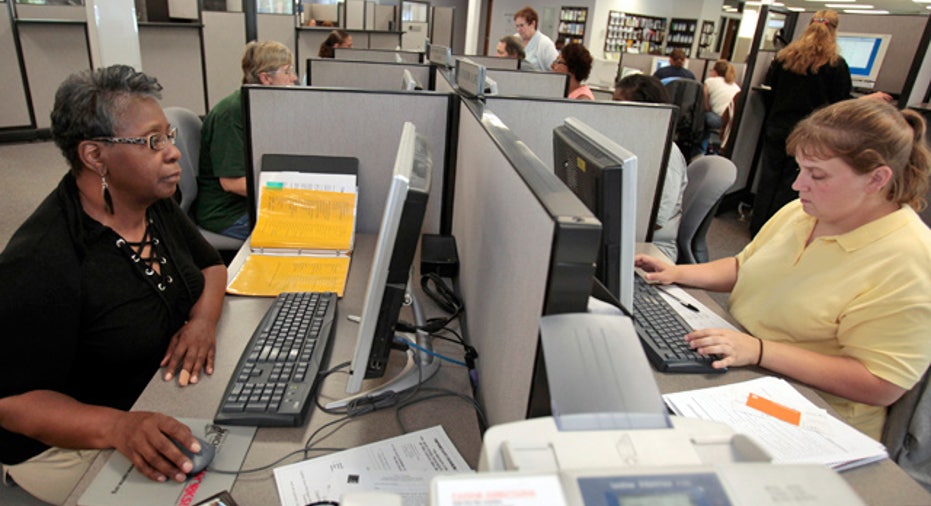Gamification: The Future of Work

Whether it’s a retired coach, celebrity, or professional speaker, pretty much everyone has their own take on how to motivate their employees.
Regardless of who is delivering the message the message itself is always the same: Here’s how YOU can motivate THEM!
The challenge with this approach is that it requires the perpetual engagement of managers. Not only is this burdensome on even the best of managers, it relies on the belief that your typical manager even has the requisite skills and abilities for sustainably dangling those carrots in an effective way. Consider that research from Gallup has found only 18% of mangers in this country are highly effective at working through people. Let’s face it, most managers are only marginally effective on a good day.
On the flip side this message also assumes that people don’t have the capacity for self-motivation. The premise is that motivation is something that is done to someone rather than drawn out of someone. If this was really the case the planet would be in a perpetual state of coma.
In the world of psychology we know that motivation (excluding basic survival) is really about meaning and mastery. Finding one’s meaning is very personal, but effective communication can connect people to a larger meaning (AKA: company mission). Connecting people to a larger meaning that resonates with them can be powerful, but sustaining that connection often relies on effective management.
From the perspective of mastery, it’s about learning and growth. We are inherently learning creatures by nature. There is no financial incentive that can replace the feeling that comes from overcoming a challenge. Mastering challenge is something we are hardwired for.
A recent survey commissioned by Badgeville, a Silicon Valley based company that specializes in business gamification, found that over two thirds of employees claimed to be motivated more by performing well, feeling satisfied, and having the opportunity to learn than they were by money. In other words, the key elements of mastery were their primary motivators.
This begs the question of how do you create a system of work that taps the self-motivating phenomenon of mastery?
The answer is simple: Gamification. Think about it, what real reward is there for acing Angry Birds or besting Candy Crush? We like winning, particularly when it’s fun. The reality is most people spend most of their waking hours working, so why not try to make it fun?
What is Gamification? According to Steve Sims, Chief Development Officer of Badgeville, gamification is about using digital systems to validate progress and mastery in a way that is fun. Essentially it’s the application of standard gaming elements like points, leader boards, levels, and badges for the purpose of rewarding and validating work behaviors in an automated way. For Sims the goal is really to “pull technologies from various places to design user-centric systems to align employee interests with company objectives.”
It’s all about finding the win-win by making the mundane fun. Gamification certainly isn’t a new concept. If you have ever been a part of a customer loyalty program or used digital tracking for your health you have been exposed to the basic concept. In recent years the trend has really been towards applying these concepts to work. Gartner research estimates that “half of all companies that manage innovation processes will have ‘gamified’ them.” Research and Markets projects gamification will be a $10 billion industry by 2020.
Does it Really Work? Can the application of gaming actually enhance our work experience? According to the Badgeville survey “78% of workers are utilizing games-based motivation at work and nearly all (91%) say these systems improve their work experience by increasing engagement, awareness and productivity.”
The survey found that the top benefits included: • Increased desire to be at work and engaged • Inspiration to be more productive • The focus to stay on task and avoid distraction
How to Deal with Fear of Gamification When it comes to putting gamification into practice Sims shared with me some thoughts:Don’t fear it, embrace it: The world is rapidly changing and digital mobile technology along with cloud computing means greater access to gamification technology for everyone. This means data is now more abundant and accessible than ever before. Those who use it most effectively will have a serious strategic advantage over those who don’t. Gamification is about tapping into the right data and sharing it effectively so as to generate positive self-motivating behavior.
Find the right fit: Gamification isn’t a one-size-fits-all concept. Sims advises you to evaluate the culture of your company before buying something off-the-shelf and trying to force it as a solution. Talk to your employees and find out what information they would value and the type of gamification that would resonate with them. Gamification can be as simple as a dashboard or as complex as integrating social media and mobile technology. It’s really about what best aligns with your goals.
Be sensitive: Any form of change will meet with some resistance. Take the time to understand the fears that may be associated with implementing a gamification program. Be very clear in how you communicate the change and be sure to open dialogue. The point of gamification is to enhance the employee experience, not hurt it.